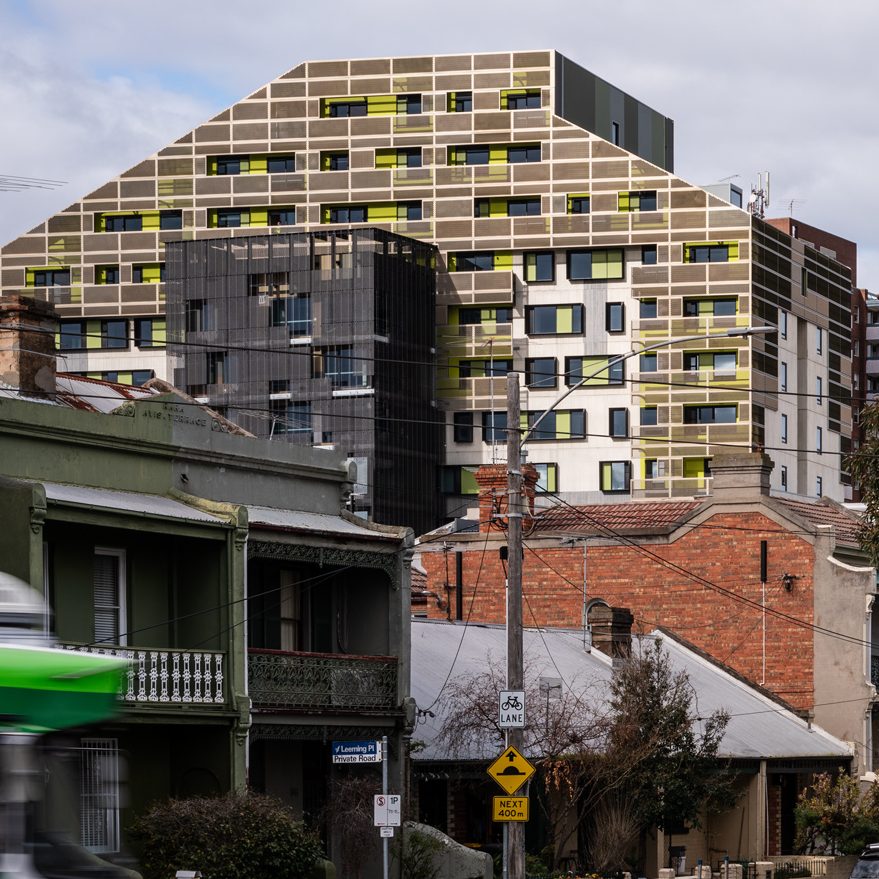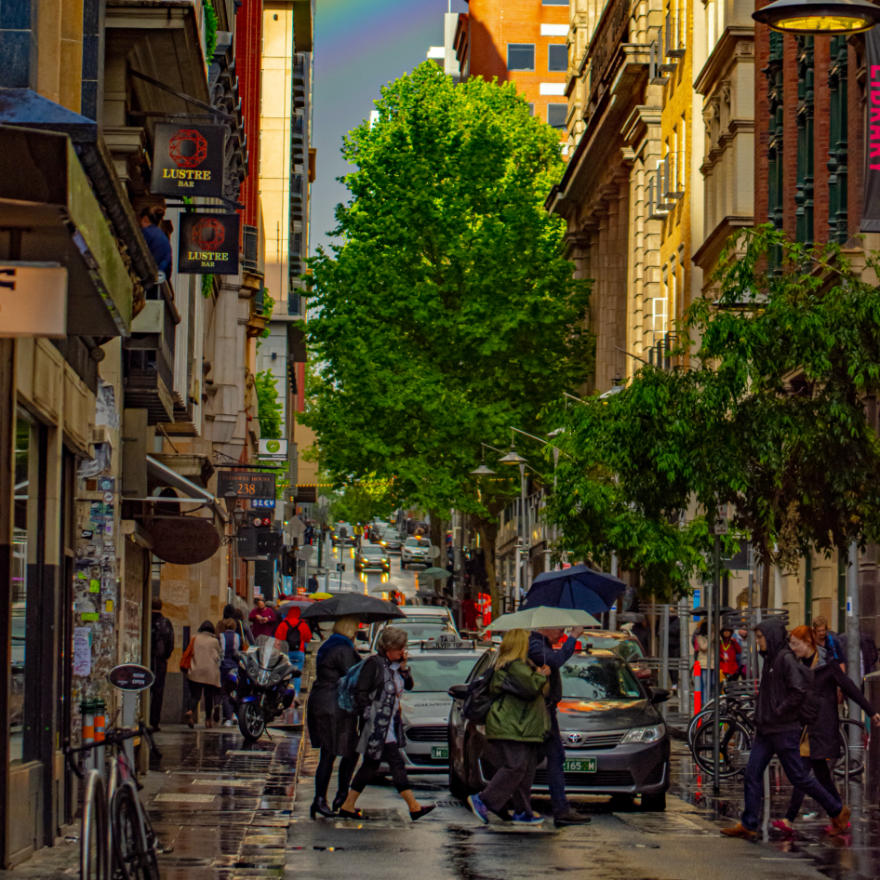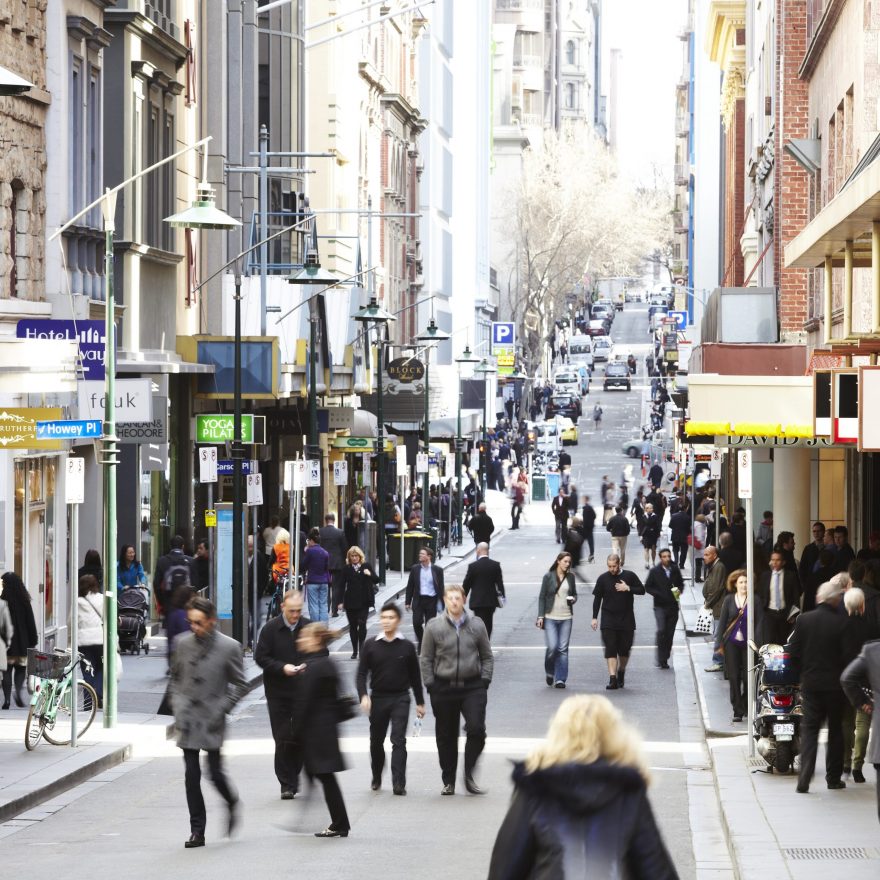Transport
Advocacy priorities:
- Prioritisation of major urban transport infrastructure investments such as Melbourne Metro 2 to support growth and accessibility of the region.
- Improve frequency of all-day, everyday rail and bus services on Melbourne routes to improve public transport patronage as Melbourne re-opens.
- Increase funding support for community assets such as bicycle and walking paths.
Sustainable transport includes public transport, walking, wheeling and riding. M9 councils have adopted policies and strategies that have clear objectives to encourage active and public transport use above private vehicles. Identifying sustainable transport projects and initiatives that address shared challenges and deliver shared benefit is a key task for M9.
Over the long-term, M9 seek to support sustainable and manageable population growth through infrastructure prioritisation and investment. Investment in major public transport projects is needed to support the growth and accessibility of the M9 region to support sustainable and manageable population growth. Without investment in public transport infrastructure there will be an increasing dependence on private vehicles.
Public transport contributes to a healthier environment by improving air quality and reducing car reliance, congestion and carbon emissions. M9 councils have adopted policies encouraging public transport use over private vehicles.
Infrastructure Victoria’s Infrastructure Strategy 2021-2051, identified key public transport projects that will be required in coming years and decades including Melbourne Metro 2 and reconfiguring the City Loop. Melbourne Metro 2 is a proposed new rail line between Clifton Hill & Newport, significantly improving connections to the central city and also enable more trains on existing lines in Maribyrnong, Yarra, Melbourne & Darebin while interchanges at Southern Cross, Flagstaff and Parkville will deliver improved accessibility to the other M9 councils. Significant planning work is required to determine exact alignment.
Public transport investment is the responsibility of the Victorian Government. These projects would deliver significant shared benefits to service quality, crowding and frequency in inner Melbourne and encourage public transport use in line with local policies and strategies to support sustainable and manageable growth across the M9 region.
Over the short term, M9 seek to encourage and prioritise a return to public transport, walking, wheeling and bike riding as our communities re-open. Improving frequency of all-day, everyday rail and bus services on Melbourne routes is a relatively low-cost, short-term intervention that will improve public transport patronage as Melbourne re-opens. The metropolitan train network is expected to carry an extra 500,000 to 900,000 passengers each day by 2036.7
Increasing train service frequency will address the growing rail service demand and perceptions of overcrowding. Introducing new, more efficient bus services also helps to improve access to larger suburban centres and new growth areas, enhancing accessibility and amenity for residents, workers and visitors.
Buses do not require large, expensive, immovable infrastructure investments and can operate on most roads. The relatively low capital cost of buses means they can respond quickly to changes in population, technology, policy and behaviour. Both interventions across rail and bus would benefit all M9 councils and could be achieved without any new infrastructure.
In 2020, Monash University partnered with VicHealth to survey Victorians during the pandemic. Some key findings of the survey were:
- 1 in 3 Victorians said a lack of lighting was a barrier to walking more
- 1 in 2 didn’t feel safe riding on roads or near cars
- 2 in 3 may ride for transport more if bike lanes were physically separated from the road.
Encouraging a shift from recreational riding to commuter bike riding will require investment in safe, direct, separated, continuous and accessible bike riding infrastructure across the priority commuter cycling corridor network (known as Strategic Cycling Corridors) in partnerships with local governments. Improving pedestrian crossings and providing more priority for riding, wheeling and walking makes those modes more attractive, helping to take cars off the road and improving safety.



